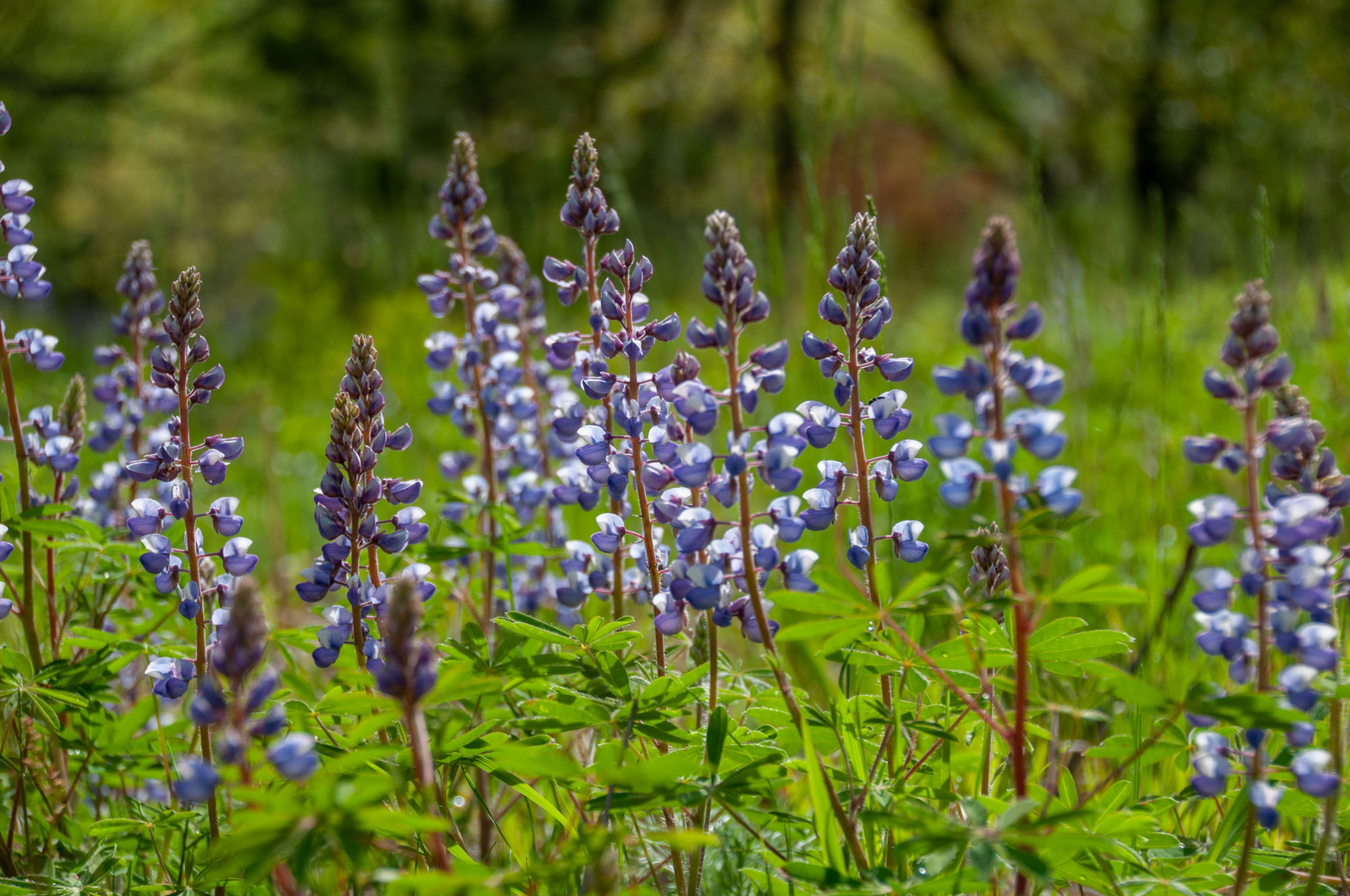
A Wetland Come to Life
When it comes to restoring natural areas, instant gratification is hard to come by. Most ecological stewardship projects take a long time to unfold. Progress is marked in increments of years, decades, or even longer. If you plant a forest, for example, don’t plan on walking through its shade tomorrow. If you want to remove garlic mustard from your woods, gear up for a decade-long battle. Even a fairly speedy project, like planting a prairie, takes years of careful tending before your fledgling plot really feels like a prairie. In other words, there isn’t anything fast about ecological restoration, and it isn’t for the impatient.
Which is why, as a person not naturally inclined towards great patience, I get really excited about Lamberton Lake Fen.
Earlier this year, in the dead of winter, nearly 50 volunteers braved the snow and cold to clear invasive glossy buckthorn from the edges of the fen. Last week, I went to check on how the cleared areas were faring. The results were stunning. Areas that, just a year ago were completely smothered by buckthorn, are now lush with bluejoint grass, fowl manna grass, and sedges of all kinds. Areas formerly devoid of color are blooming with swamp milkweed, shrubby cinquefoil, and blazing star. Biodiversity is making a huge comeback at Lamberton Lake Fen, and it’s happening quick.


Why the success? The answer lies in the ground. Or more specifically, in the seedbank. When plants release seeds, they don’t all sprout into new plants, at least not right away. Some of the seeds land in spots that are too wet, too dry, too dark, or for whatever reason aren’t quite right for germination. And if that’s the case, a lot of seeds simply remain there in the soil, dormant, waiting for the day when conditions improve enough to germinate and grow.
The important thing for those of us interested in ecological restoration is that that cache of dormant seeds – the seedbank – can stay viable for a long time. Whole plant communities routinely sprout up after 10 or 20 years of suppression. 100-year seedbank dormancies aren’t unheard of. A few years ago botanists successfully sprouted a lotus seed that had sat latent in a dried lake bed in China for the last 1,300 years.

Glossy buckthorn invaded Lamberton Lake Fen, possibly in the 1970s. It may have been earlier–nobody’s quite sure. Regardless of the exact timeline, as the buckthorn swept in and began smothering the fen under impenetrable shade, those sun-loving plants released one final crop of seeds before they died. Those original plants are gone. But the seeds they released are still there. They’ve just been waiting, hunkered down in the soil, for 50 years or more. All they need is a little sunlight.
Which is why we found ourselves out in the fen this winter, armed with saws and loppers, hacking out groves of buckthorn on a gloomy January day. To liven our spirits after the workday, a few of us walked over to the brewery next door. There, perhaps emboldened by the warmth of my beverage and the solidarity of good company, I made the optimistic prediction that our former buckthorn thicket would be burgeoning with all manner of wetland life by the summer.
Stepping out into the fen last week, tripping over buckthorn stumps and surrounded by all the biological exuberance of a newly-sprouted wetland, was happy confirmation that my wintertime prediction wasn’t all optimistic bluster. And it wasn’t just the beer talking. After a few short months, the fen is on its way back. That’s not quite instant gratification. But it’s about as close as it gets in this line of work. I’ll take it.





Brandon Parsons
Nice Job!
Michael Wentzel
Thanks so much for your post. It inspires me. I’ve been battling Garlic mustard, Dames Rocket, Buckthorn, and Creeping Charlie on the three acres of forest surrounding our home. It gets very frustrating and sometimes I want to give up but you inspire me to continue on thank you.
Chris Muldoon
About a year ago I started hearing about a concept called “environmental resilience.” I read quite a bit about it but didn’t really understand what it meant. Since then I’ve become aware of several really impressive positive resilience happenings right here in West Michigan, and the Lamberton Fen is one of them. In my understanding, the event transpires quickly — within a year or so — following a dramatic change to a degraded natural area (e.g., excavating, flooding, removal of invasives) and seems to involve exposing a long-hidden seedbank.
They say a picture is worth a thousand words. I would also say that any visual experience is worth a thousand words! Thanks for the post, Justin! It included both pictures AND words — so how much better is that !?! And, I might add, you were right on the money with your prediction!